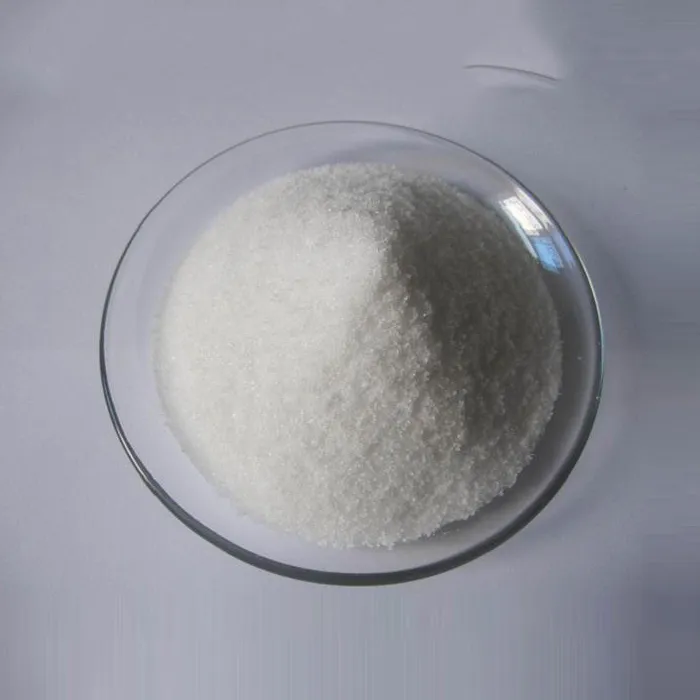Types of Flocculants in Water Treatment
Water treatment is a critical process aimed at removing contaminants and ensuring safe drinking water supplies. One of the essential methods employed in water purification is flocculation, which involves the aggregation of fine particles into larger clusters, known as flocs. These flocs can then be easily removed from the water. Flocculants are chemical agents used to facilitate this process. There are several types of flocculants available, each with its specific application and effectiveness.
1. Inorganic Flocculants
Inorganic flocculants are the most widely used in water treatment due to their cost-effectiveness and efficiency. Common types include aluminum sulfate (alum), ferric sulfate, and polyaluminum chloride (PAC).
- Aluminum Sulfate One of the oldest and most widely used flocculants, aluminum sulfate works by neutralizing the charges on suspended particles, promoting their aggregation. When added to water, it hydrolyzes to form aluminum hydroxide, which acts as a binder for impurities. - Ferric Sulfate Similar to alum, ferric sulfate is effective in treating turbid water and has the added advantage of producing denser flocs, making them easier to remove. It is particularly beneficial in acidic conditions.
- Polyaluminum Chloride (PAC) PAC is an advanced inorganic flocculant that offers improved solubility and a wider pH operating range. It produces smaller, denser, and more stable flocs than conventional alum.
2. Organic Flocculants
Organic flocculants are derived from natural sources or synthesized from organic compounds. They generally function in lower concentrations and can be more effective at higher speeds compared to inorganic alternatives.
types of flocculants in water treatment

- Synthetic Polymers These are large molecules composed of repeating units, known for their effectiveness in low concentrations. Synthetic organic flocculants like polyacrylamide (PAM) can be cationic, anionic, or non-ionic. Cationic PAM is particularly useful for removing negatively charged contaminants such as silt and clay.
- Natural Polymers Derived from plant or animal sources, natural flocculants like starch, guar gum, and chitosan are biodegradable and environmentally friendly alternatives. They are often used in applications where chemical additives are discouraged.
3. Composite Flocculants
Composite flocculants combine both inorganic and organic components, utilizing the advantages of both types. This hybrid approach often results in enhanced floc formation, improved settling rates, and reduced sludge volume. These flocculants are increasingly being adopted in industrial wastewater treatment and various municipal applications.
4. Specialized Flocculants
In addition to the general categories described above, specialized flocculants are designed for specific applications. For example, some flocculants are tailored for oily wastewater treatment, while others are specifically formulated for wastewater containing heavy metals or other hazardous materials.
Conclusion
The choice of flocculant in water treatment processes significantly impacts the overall efficiency and efficacy of contaminant removal. Each type of flocculant—whether inorganic, organic, composite, or specialized—has its unique strengths, applications, and limitations. Factors such as water quality, desired treatment goals, environmental impact, and cost considerations must be evaluated when selecting the appropriate flocculant. As water treatment technologies advance, the development and application of innovative flocculants will continue to play a crucial role in ensuring the delivery of safe, clean drinking water.

